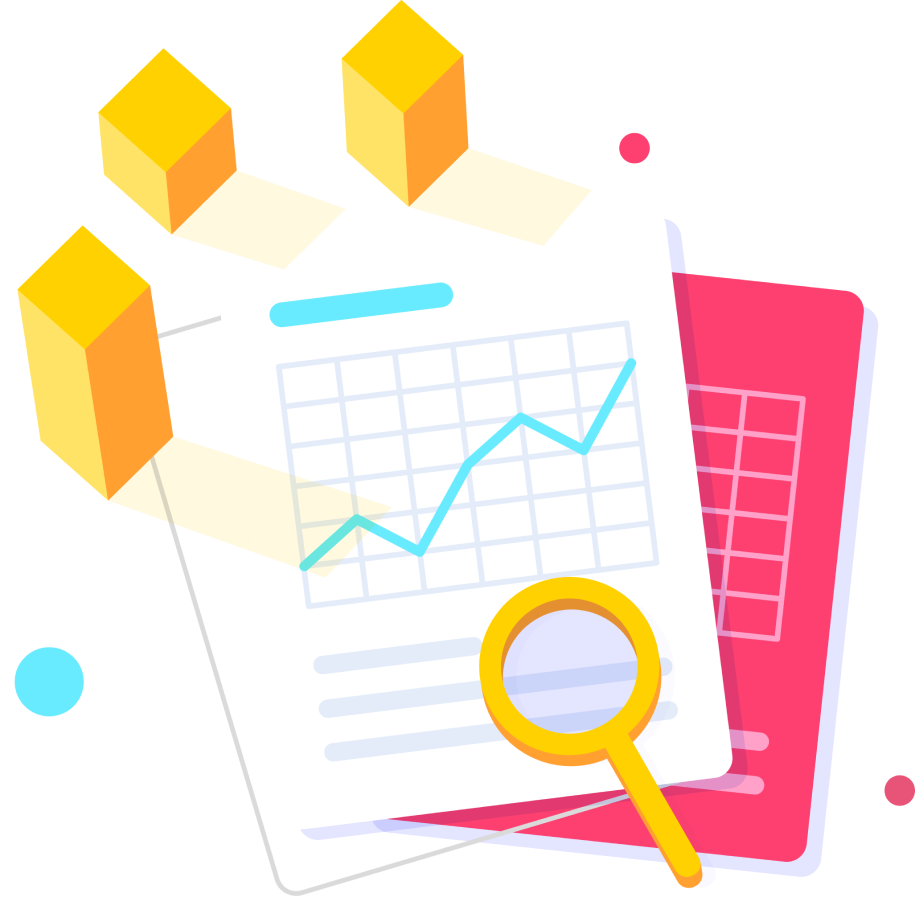Lasso reporting provides detailed analytics and customizable reports to enhances decision-making, visibility, and strategic planning.
Data-Driven Decision Making:
Generate reports on spending patterns, supplier performance, or budget adherence to inform choices. This helps procurement teams select vendors, negotiate terms, or adjust strategies based on facts, not guesswork.
Increased Visibility:
Real-time dashboards and detailed reports offer a clear view of procurement activities—open POs, pending approvals, or inventory levels—keeping stakeholders informed and aligned across the organization.
Cost Savings Identification:
Analyze expenditure by category, department, or supplier to spot inefficiencies, overpayments, or opportunities for bulk discounts. This enables proactive cost management and better resource allocation.
Improved Budget Management:
Track actual spending against budgets in real time. Reports highlight variances, helping managers stay within financial limits and forecast future needs accurately.
Enhanced Supplier Performance:
Evaluate vendors based on metrics like delivery times, quality, or pricing trends. Reporting reveals top performers and underperformers, guiding future sourcing decisions and negotiations.
Time Efficiency:
Automated report generation eliminates the need to manually compile data from spreadsheets or emails. Teams can access insights instantly, freeing up time for analysis and action.
Compliance Monitoring:
Track adherence to procurement policies, approval workflows, or regulatory requirements. Reports flag non-compliant activities, ensuring the process aligns with internal and external standards.
Trend Analysis:
Historical data reports uncover long-term patterns—like seasonal demand or price fluctuations—enabling better planning, inventory management, and contract timing.
Customizable Insights:
Tailor reports to specific needs—whether for executives needing high-level summaries or procurement staff requiring granular details. This flexibility ensures the right information reaches the right people.
Risk Management:
Identify potential issues—like supplier delays, budget overruns, or single-source dependencies—through exception reports. Early detection allows teams to mitigate risks before they escalate.
Performance Tracking:
Measure procurement KPIs, such as cycle times, approval rates, or savings achieved. This helps assess team efficiency and set benchmarks for continuous improvement.
Forecasting Accuracy:
Use past and current data to predict future procurement needs, from inventory restocking to capital expenditures. Accurate forecasts reduce waste and ensure readiness.
Cross-Department Alignment:
Share reports with finance, operations, or leadership to align procurement with broader business goals. This fosters collaboration and ensures purchasing supports organizational priorities.
Strategic Planning:
Leverage insights from reporting to refine procurement strategies—whether consolidating vendors, renegotiating contracts, or shifting to sustainable sourcing. It transforms procurement into a proactive, value-driving function.

© 2025 Lasso Supply Chain Software LLC